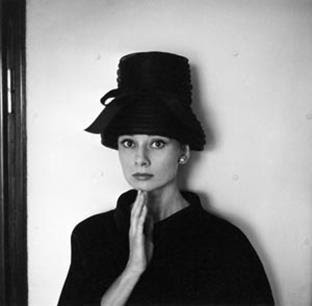I have been interested in fashion photography ever since I first started reading magazines, around seven or eight years ago.
Being the middle-child of five, I’ve always been the quiet one and found it difficult to communicate my thoughts and feelings. However, I soon found a way to express myself through fashion. Fashion appeals to me because there are no wrongs. Although the industry itself revolves around trends, we as individuals can choose whether to accept or reject them. We also have the choice to take a trend and interpret it in our own way. Fashion encourages us to express our creativity and be unique; it helps us celebrate our differences. To quote Rachel Zoe ‘Style is a way to say who you are without having to speak’.
For my personal study I will be exploring the evolution of fashion photography over a period of great social change. I am interested to see how the genre has changed over the years and who or what influenced the changes.
When conducting my research, I found out that the first Vogue cover to ever have a photograph instead of a drawing was in 1935. Images of fashionable clothes, however, go back to the eighteenth century when images were printed and often hand-coloured. The technique of photography was developed in the 1830’s but it wasn’t until advances in halftone printing came about in the 1880’s that fashion photography started to appear in magazines. Halftone printing refers to the process of converting different tones into dots of varying size. The first mass printing of fashion photography was in 1856 when photographer Adolphe Braun created a book featuring noblewomen wearing their court clothes.
To help me get started with my study, I searched ‘The history of fashion photography’ which led me to an article that listed numerous photographers that have had a significant influence on the industry. I selected seven photographers and decided to analyse each of their work to see what the differences and similarities are and to see how fashion photography has evolved over the years. I split these seven photographers into three general categories: social realism, fantasy/dream and sexual/erotic. A select few of the images could also be classed as just pure art, simply to be looked at and admired.










































